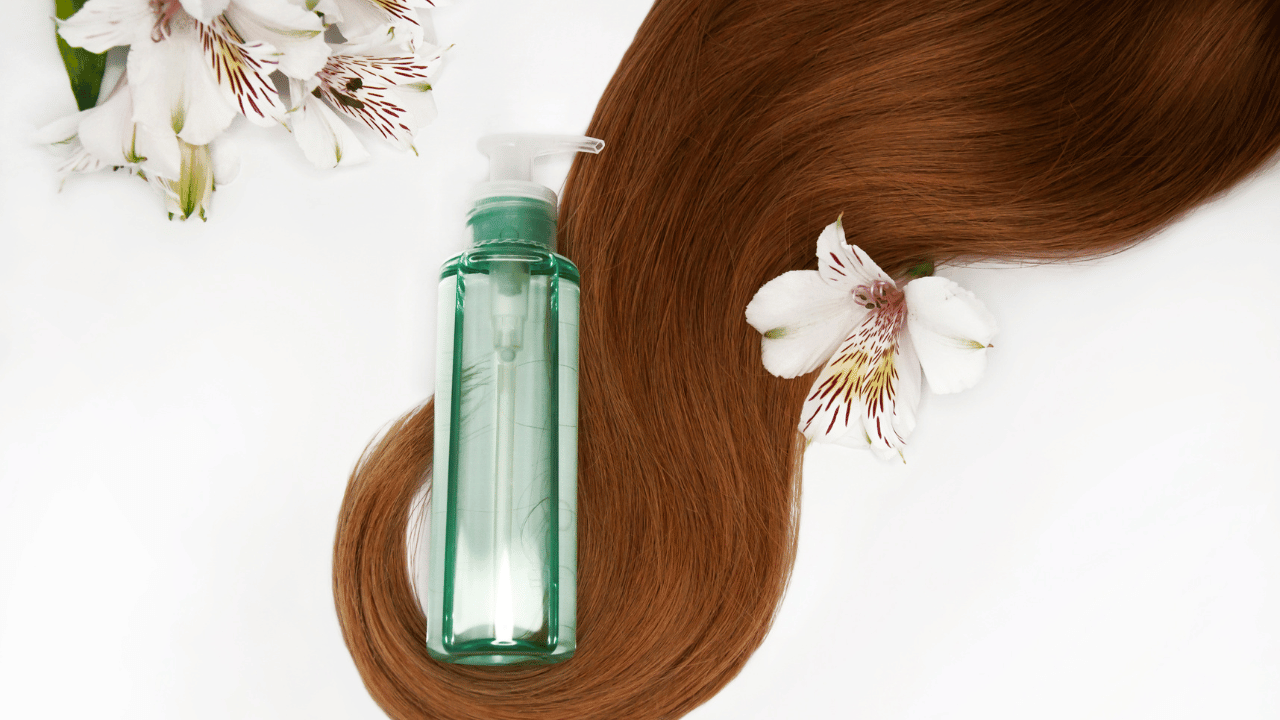Introduction
Have you ever wondered why your hair seems to grow at different rates or why some hairs fall out while others remain firmly rooted? The answers lie in the fascinating world of the hair growth cycle. In this blog post, we’ll explore the science behind hair growth, the stages of the hair growth cycle, and what factors influence this intricate process.
The Hair Growth Cycle
Hair growth is a continuous and cyclical process that consists of three main phases:
1. Anagen Phase (Growth Phase)
- Duration: This phase can last from two to seven years.
- Description: The anagen phase is the active growth phase, during which the hair follicle is producing new cells at a rapid rate. Your hair grows approximately half an inch (1.25 cm) per month during this phase.
- Percentage: About 85-90% of the hair on your scalp is in the anagen phase at any given time.
2. Catagen Phase (Transition Phase)
- Duration: This phase is relatively short, lasting around two weeks.
- Description: During the catagen phase, the hair follicle begins to shrink and detach from the dermal papilla, a structure that supplies nutrients to the hair.
- Percentage: Only about 1-2% of your hair is in the catagen phase at any given time.
3. Telogen Phase (Resting Phase)
- Duration: The telogen phase can last around three months.
- Description: In this phase, the hair follicle is in a resting state. Hair growth has stopped, and the hair is simply held in place.
- Percentage: Approximately 10-15% of your hair is in the telogen phase.
What Influences the Hair Growth Cycle?
Several factors can influence the duration and health of each phase in the hair growth cycle:
1. Genetics
Your genetic makeup plays a significant role in determining the length of your anagen phase and your overall hair growth rate. If your family has a history of slow hair growth, you may also experience slower growth.
2. Age
As we age, the anagen phase tends to shorten, leading to slower hair growth and potentially thinner hair.
3. Hormones
Hormonal changes, such as those during pregnancy, menopause, or thyroid imbalances, can affect the hair growth cycle. For example, elevated levels of certain hormones can prolong the anagen phase.
4. Health and Diet
Your overall health, nutritional intake, and hydration levels can impact the health of your hair follicles and the duration of each phase.
5. Stress
High levels of stress can disrupt the hair growth cycle, leading to increased shedding and slower regrowth.
6. Medications and Illness
Certain medications, medical treatments like chemotherapy, and illnesses can affect the hair growth cycle, leading to temporary hair loss.
Promoting Healthy Hair Growth
While you can’t change your genetics, there are steps you can take to promote healthy hair growth:
- Maintain a balanced diet rich in essential vitamins and minerals.
- Avoid excessive heat styling and harsh chemical treatments.
- Manage stress through relaxation techniques and mindfulness.
- Stay hydrated and keep your scalp clean and well-cared for.
Conclusion
Understanding the hair growth cycle sheds light on why our hair behaves the way it does. While genetics play a significant role, you can influence the health and longevity of your hair by adopting a healthy lifestyle and proper hair care practices. By nurturing your hair through its growth cycle, you can enjoy the benefits of strong, vibrant locks.


